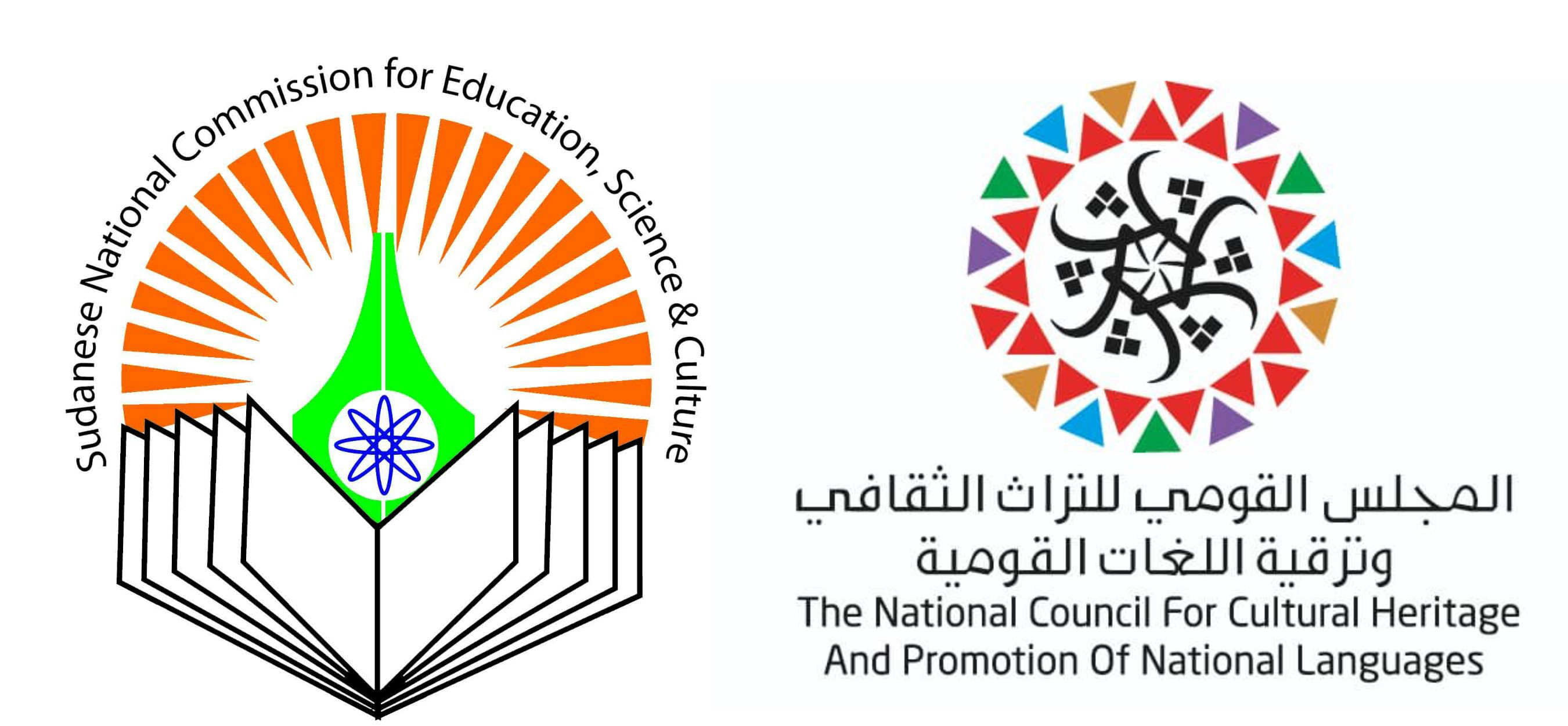The Convention for the Safeguarding of the Intangible Cultural Heritage of 2003
The UNESCO Convention for Safeguarding the Intangible Cultural Heritage was adopted in 2003. Today, 180 states have ratified the Convention.
What is intangible cultural heritage?
Intangible cultural heritage includes knowledge and skills with regards to cultural forms of expression, such as dance, theatre, music, traditions and festivals as well as traditional craftsmanship – all in relation to the local and natural surroundings. Intangible cultural heritage expresses creativity and innovation, gives a sense of identity and continuity and is passed on from one generation to the next.
The Convention proposes five domains in which intangible cultural heritage have been defined:
- Orally transmitted traditions and forms of expression, including language as a bearer of intangible cultural heritage
- Performing arts
- Social practices, rituals and festivals
- Knowledge and practices relating to nature and the universe as well as
- Traditional craft techniques
Why maintain “living” heritage and for whom?
UNESCO gives new value to cultural heritage by designating it as living heritage and promoting its societal value. It highlights cultural diversity worldwide and stresses the right of each individual to practice their culture.
The societal rooting of intangible cultural heritage is characterised by its recognition as part of a common cultural heritage; it forms identity through shared experiences and memories. Although they are frequently understood as rigidly conserved and passed-on attitudes, living traditions arise through the change which makes them useful for new generations and life situations. All people, in particular the younger generations, should have the opportunity to set the parameters for “sustainable development” themselves. It is precisely this creative and self-determined process of transmitting and adjusting that characterises living traditions.
The purposes of the Convention are:
- to safeguarding the intangible cultural heritage through the identification, documentation, research, preservation, protection, promotion, enhancement, transmission, particularly through formal and non-formal education
- to ensure respect for the intangible cultural heritage of the communities, groups and individuals concerned;
- to raise awareness at the local, national and international levels of the importance of the intangible cultural heritage;
- to provide for international cooperation and assistance
General Assemnbly / Intergovernmental Comittee
The General Assembly of the States Parties to the Convention is the sovereign body of the Convention. The General Assembly meets in ordinary session every two years and, amongst other things, elects the 24 members of the Intergovernmental Committee for the Safeguarding of the Intangible Cultural Heritage for a term of four years. The core functions of the Intergovernmental Committee for the Safeguarding of the Intangible Cultural Heritage are to promote the objectives of the Convention, provide guidance on best practices and make recommendations on measures for the safeguarding of the intangible cultural heritage. The Committee also examines requests submitted by States Parties for the inscription of intangible heritage on the Lists as well as proposals for programmes and projects. The Committee is also in charge of granting international assistance.
NGOs may request to be accredited by the General Assembly to provide advisory services to the Committee and to participate in the Convention’s implementation at an international level. Accredited NGOS are involved in the evaluation of nominations for the inscription of intangible heritage on the Lists, among other things.
In addition to the National Inventories of Intangible Cultural Heritage for States Parties, The Committee meets annually to evaluate and inscribe new elements on the Convention’s Lists.:
- the Representative List of the Intangible Cultural Heritage of Humanity,
- the Register of Good Safeguarding Practices for programmes, projects and activities for safeguarding the intangible cultural heritage as well as
- the List of Intangible Cultural Heritage in Need of Urgent Safeguarding
The Representative List of Human Intangible Cultural Heritage
The Representative List primarily serves to highlight living traditions, whereby the elements entered act as representative examples of intangible cultural heritage. The elements are equally significant and the list does not serve as a qualitative assessment. Assessment and inscription on this list should primarly be regarded as a means of representing the diversity of intangible cultural heritage.
Each State Party can submit traditions to be considered for inscription on the UNESCO lists. The intergovernmental committee shall decide on inclusion through a detailed assessment by an advisory committee. The decision on inclusion is made in November/December of the year following a nomination. The nomination process therefore lasts approx. two years.
The list already includes 463 traditions from all regions of the globe, such as the Spanish Flamenco, the Mongolian Naadamm festival, Iranian carpet knotting, Columbian marimba music and Chinese acupuncture.
Register of Good Safeguarding Practices
The Register of Good Safeguarding Practices for maintaining intangible cultural heritage contains a regularly updated selection of international, national and regional measures, programmes and projects, which optimally implement the principles and objectives of the Convention, i.e. maintaining, raising-awareness of and promoting intangible cultural heritage. For example, the list contains: Education in traditional Indonesian Batik techniques (Indonesia), the Centre for Indigenous Art in Veracruz (Mexico), as well as the revitalisation of lime burning craft in Morón de la Frontera (Spain). The goal is to promote sustainable practice in maintaining intangible cultural heritage and to encourage international cooperation.
List of Intangible Cultural Heritage in Need of Urgent Safeguarding
On the List of Intangible Cultural Heritage in Need of Urgent Safeguarding , the components listed are acutely threatened (e.g. through political repression, crises and natural catastrophes, societal change, globalisation and industrialisation processes) and their protection cannot be guaranteed despite intense efforts by the bearers of the tradition and States Parties.
Sudan and the Convention of 2003
On the 19 June 2008 Sudan has ratfified the Convention of 2003. Since then, different safeguarding measurements as well as identification of national elements of intangible heritage have been carried out nationally and internationally.
Read more on Sudans acitvities for the 2003 Convention
